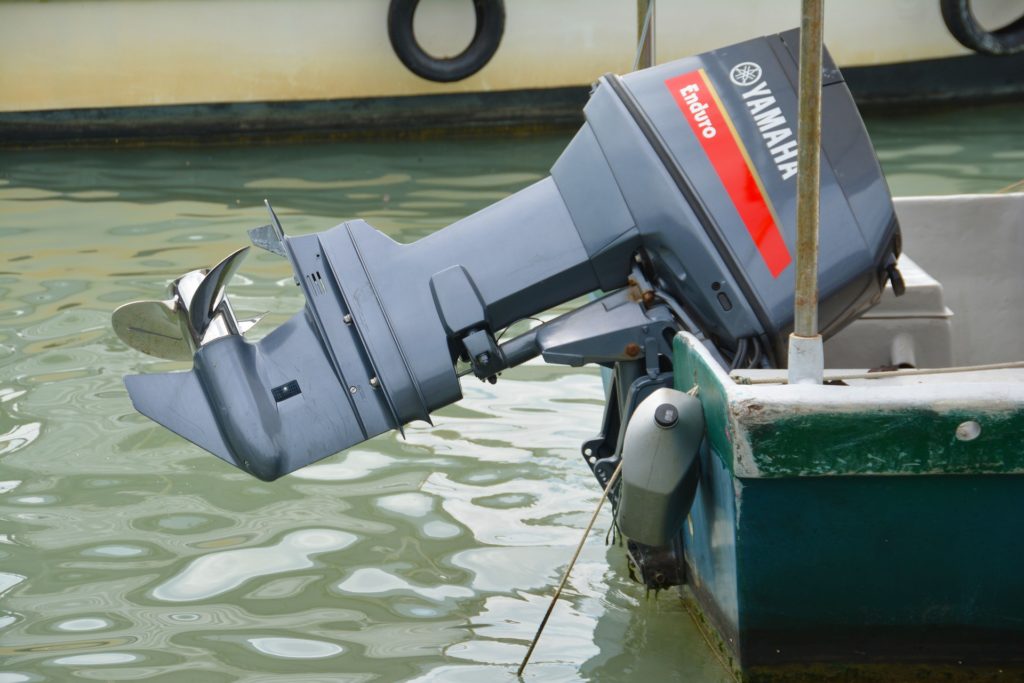Outboard motors are a great part of boating and they seem to be getting better all the time. Like any engine, they need a little attention and care to ensure long, trustworthy service. Knowing the basics of how an outboard works will help take some of the guesswork out of keeping the boat running as it should. As always, the owner’s manual is the best place to get questions answered about a specific motor. But here are a few tips to keep that outboard purring, and help the owner keep his or her crew safe, every time.
Cooling System. The cooling water intake is in the lower unit of your outboard. That means that the engine must be tilted down into the water for it to cool properly, unless the boater is flushing the engine after a day on the water, and then only with great caution. Never attempt to start the engine unless it’s tilted down into the water. Doing so can be dangerous if anyone is near the propeller and can cause damage to vital cooling parts or seize the engine.
Built-In Fuel-Tank Vent. You might want to check the vent to make sure it has not become blocked. Check your owner’s manual for the location of the fuel vent. Most have a screen to prevent insects or small animals from entering. The screens can become clogged. Light brushing with an old toothbrush can clear the screen.
Stop Switch and Safety Lanyard. If this switch is not in the proper position, the engine will not start. By properly setting the lanyard stop switch to the run position and attaching the other end to a belt loop or life jacket, the system will allow the engine to start. This is a safety feature, designed to immediately stop the engine if you leave your seat for any reason, intentionally or by accident. This is an important, possibly life-saving feature. NEVER start the engine without using it.
READ MORE at boattest.com

